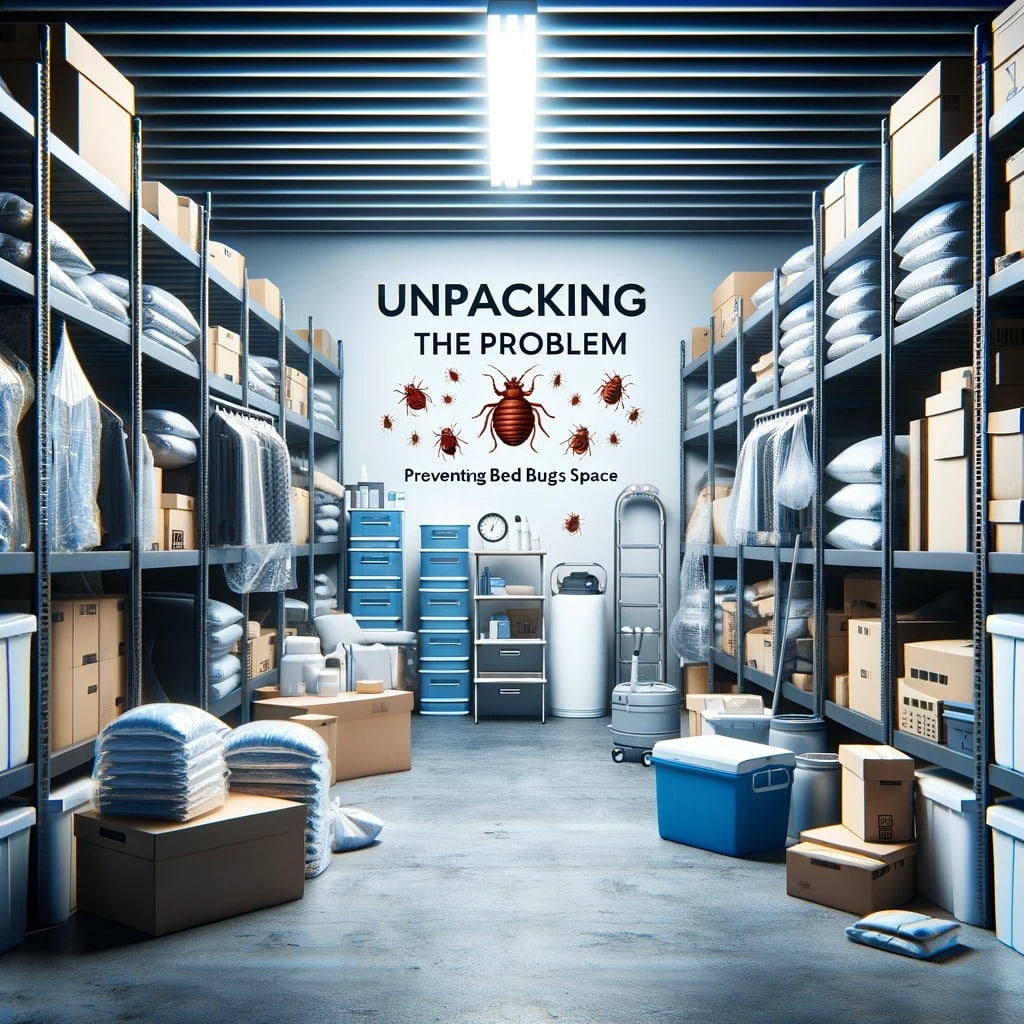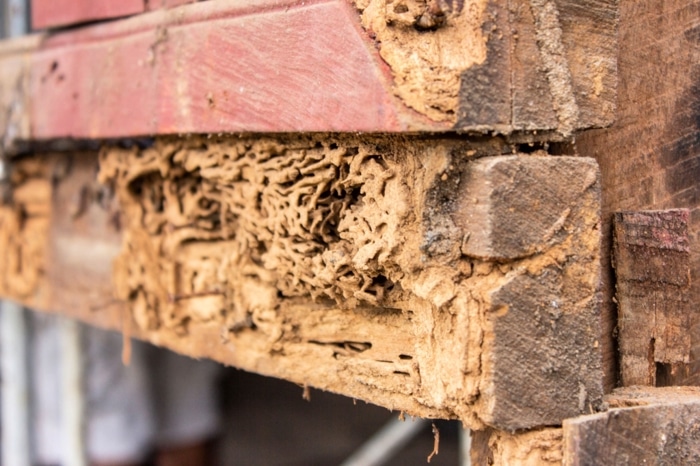Most pest control companies pour time and money into sales training. But let’s be honest—how often does that training actually stick? Not long after the sessions end, reps fall back into old habits. They chase leads with the same canned pitch, face objections they were never truly taught to handle, and worst of all, they forget that this job is about people, not just products. So, why does sales training in pest control keep missing the mark? And how can we finally fix it?
It’s All Scripts, No Substance
One of the biggest reasons sales training fails is that it leans way too hard on scripts. Reps are taught to memorize lines like it’s a school play. Sure, it might sound polished in a roleplay session. But out in the real world? A resident who just found cockroaches in their kitchen doesn’t want a rehearsed pitch. They want help. They want to know someone actually understands their frustration.
When reps rely too much on scripts, they lose the human connection. They miss opportunities to listen, ask real questions, and build trust. And in property management and pest control, trust is everything. Residents don’t just want the cheapest solution—they want to feel like the person on the other end actually cares.
One Size Doesn’t Fit All
Another problem is the cookie-cutter approach. Most training programs assume every sales rep will sell in the same way, to the same type of customer. But in pest control, the audience isn’t always the same. You might be talking to a property manager who’s balancing budgets across five apartment buildings one day, and a resident who’s dealing with a mouse problem in their unit the next.
Those two conversations should not be trained the same way. Yet that’s exactly what happens. Reps aren’t taught how to adapt. They’re not taught how to listen first and speak second. That’s why you see so many sales conversations fall apart—they just aren’t built for the situation.
Most Programs Forget About Follow-Up
The best salespeople aren’t just good at talking. They’re good at following through. But follow-up isn’t something most pest control sales training covers well. Once the pitch is made and the lead goes quiet, many reps are left wondering, “Now what?” They might send one email, maybe make a quick call, and then move on to the next lead.
But in this industry, persistence matters. Residents and property managers are busy. A missed call doesn’t mean a lost sale—it usually just means bad timing. Without a system or strategy for following up, good leads slip away. Sales training that ends at the pitch is incomplete. Follow-up is where the deal often closes.
Pressure Doesn’t Build Skill
There’s this outdated belief that pressure creates better sales reps. That if you throw them into the fire, they’ll either sink or swim. But what usually happens? They burn out. Fast.
When reps are only judged by how many contracts they close, without support or coaching, the pressure backfires. They either get aggressive with customers—which damages your reputation—or they lose confidence entirely. Neither outcome is good for your business.
The fix? Sales training needs to be less about high-pressure tactics and more about building real skills. Not just how to “close,” but how to have a real conversation. How to educate. How to handle objections without being pushy. That kind of skill doesn’t come from pressure—it comes from good coaching and practice.
The “Classroom to Field” Gap
Here’s something we see a lot: reps go through a day or two of classroom-style training. There’s a PowerPoint, maybe some videos, and a few roleplay exercises. Then they’re sent out into the field, expected to perform like pros.
That gap between the classroom and real-life sales is huge. Roleplaying with a manager in a quiet office doesn’t prepare someone for a phone call with a property manager juggling six emergencies. Real sales environments are messy and unpredictable. Training should reflect that. Shadowing experienced reps, getting real-time feedback, and learning in the field are way more effective than any slide deck.
No Connection to the Product Experience
In pest control, you’re not selling a luxury item. You’re solving a problem—usually a gross, stressful one. And yet, many sales reps don’t truly understand what the customer goes through. They’ve never walked into a roach-infested kitchen. They’ve never talked to a property manager who’s getting resident complaints every day.
That disconnect shows. If reps don’t understand the urgency and emotion behind a pest issue, they’ll never connect with the customer. Sales training should include some exposure to the actual service. Let them spend a day with a technician. Let them hear the resident concerns. It builds empathy—and empathy is a powerful sales tool.
It’s Not Reinforced Over Time
Sales training should never be a one-and-done thing. But that’s exactly how most companies treat it. They hold a big training day, give everyone a binder or a PDF, and assume the job is done. Fast forward a few weeks and no one’s using what they learned.
Good training needs to be reinforced. Regular coaching sessions, team debriefs after sales calls, even short weekly refreshers can make a huge difference. The goal is to make sales training part of the culture, not just a box to check.
What Actually Works?
So if all these traditional methods fail, what actually works? The best pest control sales training we’ve seen is built around real conversations, not scripts. It focuses on listening first. It teaches reps to slow down, ask better questions, and truly understand the problem before offering a solution.
It’s also grounded in the actual pest experience. That’s one reason Pest Share works so well for property managers—we’re not just selling pest control; we’re part of the solution. Sales teams who understand how our model fits into a property’s bigger picture have better conversations and close more deals. They’re not selling a one-time service—they’re offering a long-term benefit that makes life easier for both residents and managers.
Pest control sales training doesn’t fail because reps are lazy or uninterested. It fails because it’s built on outdated ideas. When training is shallow, scripted, and disconnected from the real customer experience, it’s no wonder it doesn’t stick.
But the good news? It’s fixable. Build training around real conversations. Reinforce it consistently. Teach empathy, not just pitches. And make sure your reps truly understand the problem they’re helping to solve. That’s when sales training starts to actually work—and when your team starts to win.






